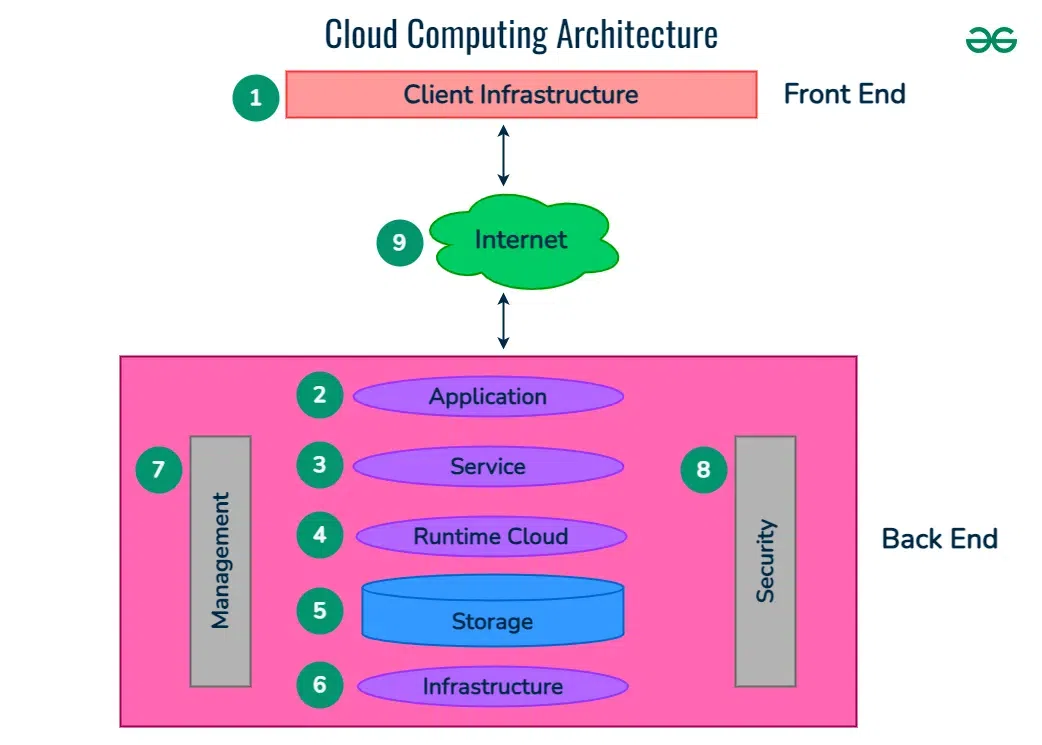Simplify Your Framework With Cloud Services
As businesses navigate the ever-evolving landscape of modern technology and data administration, the function of cloud services in simplifying facilities has ended up being increasingly prominent. Just how can companies properly navigate this change and really unlock the possibility of cloud solutions for simplifying their infrastructure?
Advantages of Cloud Provider
Cloud services use a structured technique to managing IT framework, providing organizations with cost-efficiency, scalability, and adaptability. Among the vital benefits of cloud services is the scalability they supply. Businesses can conveniently scale their sources up or down based on need, guaranteeing they just pay for what they make use of. This versatility is especially beneficial for services with rising and fall demands or those experiencing growth.
Furthermore, cloud solutions eliminate the demand for organizations to spend in costly software and hardware. This cost-efficiency is a significant benefit, specifically for small to medium-sized business aiming to minimize in advance prices. By using cloud services, companies can access high-grade IT sources without the significant cost tag related to conventional infrastructure setups.
Moreover, cloud services provide organizations with the flexibility to access their data and applications from anywhere with an internet connection. This level of ease of access boosts collaboration amongst teams, makes it possible for remote work, and enhances general productivity. The flexibility used by cloud solutions equips organizations to adjust rapidly to changing market problems and customer needs.
Expense Cost Savings and Scalability
In addition to the functional benefits highlighted previously, the integration of cloud services into a company's facilities comes up with substantial expense financial savings and improved scalability. Cloud solutions use a pay-as-you-go version, allowing services to scale resources up or down based upon current demands, thereby avoiding the expenses connected with preserving excess capability. This versatility makes it possible for firms to adjust quickly to varying demands without incurring unneeded expenditures.
Moreover, cloud services remove the requirement for in advance financial investments in software and hardware, lowering funding expenditures. General expenses are additionally decreased as business no more require to take care of and maintain physical web servers, bring about lower power usage and IT staffing expenses. Additionally, cloud services supply automatic updates and maintenance, ensuring that the framework continues to be up-to-date and safe without needing hands-on interventions.
Enhanced Security Procedures
Implementing rigorous protection steps is paramount when integrating cloud services right into a firm's infrastructure to guard delicate data and make sure conformity with sector policies. Cloud service carriers offer enhanced safety and security functions such as data encryption, firewall security, and multi-factor authentication to reduce cybersecurity threats.
Moreover, regular safety and security audits and compliance analyses aid ensure and recognize susceptabilities adherence to industry standards. Firms can additionally benefit from features like automated security updates and real-time risk surveillance offered by cloud company. By focusing on security steps and staying proactive in attending to prospective threats, companies can confidently take advantage of cloud services while securing their valuable data from unauthorized accessibility or violations.
Transitioning to Cloud Framework
To efficiently incorporate cloud solutions right into a company's framework, an organized strategy that addresses the change towards cloud-based services is vital. Transitioning to cloud infrastructure involves careful planning and execution to guarantee a smooth migration procedure - linkdaddy cloud services press release.
Once the analysis is full, a migration method should be developed. This technique needs to describe the timeline, sources, and obligations for relocating each component to the cloud. It is necessary to connect this plan clearly to all stakeholders to make sure placement and decrease interruptions throughout the shift.
Throughout the movement tracking, procedure and testing are essential to identify and resolve any kind of problems without delay. Routine checkpoints ought to be developed to track development and make required changes. Furthermore, training for staff members on utilizing cloud services must be given to guarantee a successful change and optimize the benefits of the new facilities.
Best Practices for Cloud Fostering
Successful adoption of cloud solutions depends upon the tactical alignment of company goals with technical capacities and organizational preparedness. To ensure a smooth transition to the cloud, companies ought to start by performing an extensive evaluation of their existing infrastructure and recognizing which workloads are best matched for cloud migration. It is vital to involve essential stakeholders from various departments in the decision-making procedure to get buy-in and address any kind of concerns beforehand.
Another ideal method for cloud fostering is to focus on security anchor and conformity. Organizations should very carefully examine the security actions provided by cloud provider and make certain that their data is shielded according to industry standards and governing needs. Executing durable information security, accessibility controls, and normal protection audits can help reduce dangers connected with cloud adoption.

Conclusion

As organizations navigate the ever-evolving landscape of modern technology and information management, the role of cloud solutions in streamlining facilities has ended up being significantly popular - Cloud Services. Exactly how can companies efficiently navigate this change and really open Get the facts the capacity of cloud solutions for simplifying their framework?
Cloud solutions offer a streamlined approach to handling IT infrastructure, supplying services with cost-efficiency, versatility, and scalability. By making use of cloud solutions, services can access high-grade IT sources without the significant cost tag linked with typical facilities setups.
To guarantee a smooth shift to the cloud, companies need to begin by conducting a comprehensive evaluation of their existing facilities and identifying this article which work are best matched for cloud movement.